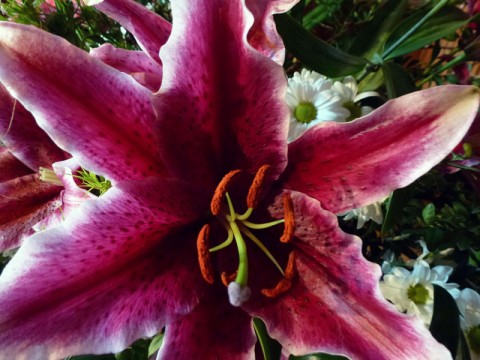A Short Course in Macro Photography
This lesson is intended for the photographer that comprehends the basics and has a strong foundation of photography, but who may be unsure of how to successfully take a macro photography.
Some of this tutorial is a mix of theory and the author’s opinion, but as you dive into the world of macro you may form some beliefs of your own. This is not a guide that consist of wordy and lessons that are heavily focused on theory. This is written in a way so that all photographers can understand it. This is perfect if you want to learn more about macro photography but do not know how to approach the subject.

credit: Jan Polzer
Macro Illumination
Flash illumination is a go to method for not only macro photographers but bug enthusiasts. It is a general rule of thumb to use flash illumination when the reproduction size approaches 1:1 or greater. Furthermore there are several reasons why flash may be the most logical option:
- The application of f11, f16 and small apertures if shooting near life-size** subjects
-
You are probably photographing a fast-moving subject
-
You may be using extension tubes that dramatically reduce the amount of light hitting the image plane
-
As focus is selected to maximum reproduction size, macro lenses lose light.
So What Exactly is all this talk about life size?
The 1:1 ratio comparing size of the image hitting the image sensor and the size of the subject, itself is “Life size.”
To put it in laymans terms, lifesize is created if shooting a subject that is physically the same size as the width it takes up on the image sensor.
The Challenge of Available Light versus Flash
In other words, Earth only provides just enough light to create a quality photo if you need high magnification and a small aperture. For example: Even when sun is bright and there isn’t a cloud in the sky, you end up churning up the ISO just to get f11 at a reasonable shutter speed when shooting macro.
Therefore you want less light to strike the image sensor on a day where the sun is at its brightest. However, one of your exposure variables gets compromised. This is likely a combination of aperture and ISO. High ISO begins to adjust the quality of your image, both in terms of noise and color fidelity.
When you use flash for macro, suddenly your exposure options are no longer limited. Any aperture, any ISO, and the shutter speed, although now limited by your camera’s flash synchronization, is no longer a concern because the flash will likely freeze all motion, almost regardless of subject motion, even at a pokey 1/250th. So flash seems to be all good, or is it?


